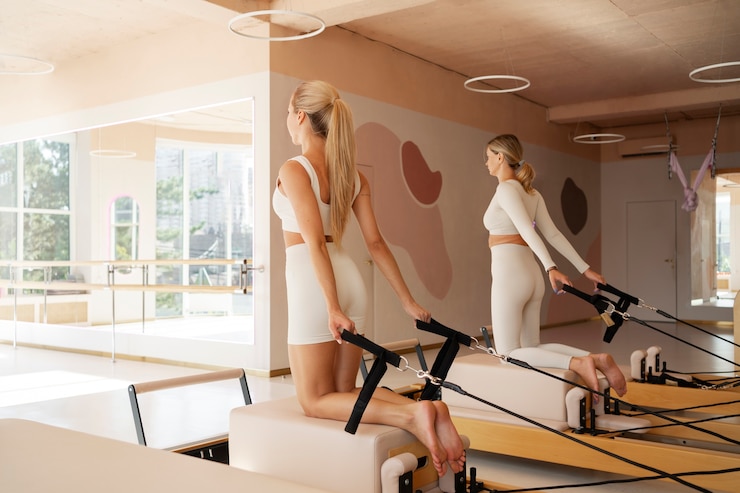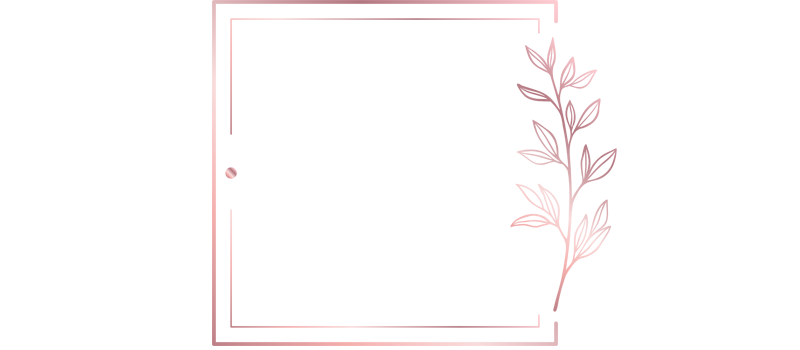Fitness centers have been crowded with loud workouts and high-intensity slogans promising quick weight loss in recent years. While kettlebells clank and treadmills roar, a quieter revolution has been taking place, one that features controlled breathing, graceful movements, and an unexpectedly potent metabolic effect. Pilates is becoming a particularly useful player in the weight loss discussion, despite being written off for its elegant flow and lower intensity. The question that is currently reverberating through online courses and reformer studios alike is: Can Pilates aid in weight loss, and if so, how?

The short answer is yes, but not in the manner that interval training or spin bikes might imply. The goal of Pilates is not to burn hundreds of calories in a single sweaty session. Rather, it works strategically by changing the composition of the body and increasing lean muscle mass. The body’s basal metabolic rate can be significantly increased by this process, which is called body recomposition. Pilates prepares the body to burn more calories even when at rest by strengthening small muscle groups and enhancing postural alignment, all without putting undue strain on joints like high-impact exercise does.
Pilates and Weight Loss – Key Information
| Category | Information |
|---|---|
| Origin | Developed by Joseph Pilates in the 1930s as “Controlology” |
| Core Focus | Strengthening core, improving posture, flexibility, balance |
| Key Mechanism for Weight Loss | Increases BMR through muscle gain, enhances fat-burning potential |
| Calories Burned | Moderate; depends on session intensity and duration |
| Ideal Frequency | 60 minutes, 5 times per week recommended for body composition change |
| Best Suited For | All levels; especially overweight, obese, or those with joint concerns |
| Celebrity Endorsements | Meghan Markle, Kate Hudson, Hailey Bieber |
| Combined Strategies | Works well with strength training and moderate cardio |
| Proven Impact | 2021 study shows reduced body weight and fat percentage in obese individuals |
| Reference Source | Study on Pilates & Obesity |
Pilates’ Scientific Support for Strength in Stillness
Numerous studies conducted in the last ten years have emphasized the advantages of Pilates for people who struggle with weight or limited mobility. Regular Pilates practitioners, particularly those who were categorized as obese, had a significantly lower fat percentage, according to a 2021 clinical study. Pilates was shown to be a very effective method for long-term change, with the effects becoming noticeably more noticeable the longer the participants stuck to the regimen. Its strength is sustained metabolic tuning rather than a spike and crash, especially when paired with mindful recovery and a healthy diet.
A Habit for All: Accessibility and Inclusivity
Pilates is incredibly dependable by design for people of all ages, body types, and fitness levels. Its low-impact format provides a very obvious alternative to more strenuous regimens for those managing obesity or recuperating from injuries. Pilates promotes controlled progress, in contrast to running, which can aggravate joints, and weightlifting, which can be intimidating. Because of its accessibility, it has become popular among people looking for a gentle and empowering beginning to their fitness journey, which frequently results in the development of both strength and confidence.
Contemporary Style: From Living Rooms to Boutique Studios
Pilates saw a sharp increase in popularity during the pandemic. Through daily 20–60 minute sessions, platforms such as The Pilates Class, Alo Moves, and YouTube-based instructors provided millions of people with a means of maintaining their physical and mental well-being. Because of these online resources, the discipline was incredibly successful in encouraging people to maintain consistency, even in the face of low motivation. Without ever leaving the living room, the breath-to-movement patterns’ rhythm not only reduced anxiety but also delicately sculpted bodies.
The Reason Pilates Isn’t Just About Burning
Traditional gym-goers frequently use the number of calories burned per hour as a metric for success. In that measure, cardio usually prevails. Pilates, on the other hand, redefines progress through improved body awareness, lean muscle development, and posture. Deep muscle layer strengthening has many advantages beyond appearance, including preventing injury, balancing hormones, and resolving muscular imbalances. This all-encompassing method significantly enhances the body’s appearance, feel, and functionality over time.
Strength Training vs. Pilates: Is It Better Together?
Fitness coach Nora Bell claims that the argument isn’t about picking Pilates over weightlifting but rather about realizing how the two methods work in tandem. “Weight training builds larger muscle groups responsible for burning calories, while pilates sharpens neuromuscular connections and activates stabilizing muscles,” she says. This synergy is very effective for people who are trying to reduce weight. Strength training’s power and Pilates’ accuracy combine to create a well-rounded, aesthetically pleasing, and metabolism-boosting routine.
The Experts Say That Consistency Is Crucial
According to a systematic review published in the Journal of Bodywork and Movement Therapies, the greatest improvements in body composition are achieved by doing Pilates five times a week for an hour each time. Although this might sound difficult, Pilates’ versatility is what makes it so great. Every session, whether it’s a full-hour reformer class or 15 minutes of morning stretches, helps improve movement patterns and body awareness, two things that are crucial for maintaining a healthy weight.
A Cultural Revolution in Support of Sustainable Fitness
One-size-fits-all fitness solutions are probably going to continue to be abandoned in the years to come. Exercise is becoming increasingly body-specific and intuitive, much like consumers now favor customized skincare regimens or plant-based diets based on their microbiome. This change is reflected in Pilates. It doesn’t require you to physically abuse your body. Rather, it provides an area for the deliberate development of resilience, establishing a fitness experience based on respect for oneself rather than punishment.
